Most cited
- Page Path
-
- HOME
- BROWSE ARTICLES
- Most cited
Most-cited articles are from the articles published during the last two years (2023 ~ ).
- Review Article
- Neonatology (Perinatology)
- Influence of infant microbiome on health and development
- Noelle Younge
- Clin Exp Pediatr. 2024;67(5):224-231. Published online August 21, 2023
-

· The infant gut microbiome is highly dynamic and individualized.
· Microbes are vertically transmitted from mother to infant during delivery and throughout infancy.
· Delivery mode, gestational age, diet, and antibiotic use influence infant microbiome composition and function.
· In animal studies, the microbiome played critical roles in the structural and functional development of the infant gastrointestinal and immune systems.
· Microbiome-targeted therapies have great potential to reduce infant morbidity and mortality.
- Other
- Acetaminophen causes neurodevelopmental injury in susceptible babies and children: no valid rationale for controversy
- Lisa Zhao, John P. Jones, Lauren G. Anderson, Zacharoula Konsoula, Cynthia D. Nevison, Kathryn J. Reissner, William Parker
- Clin Exp Pediatr. 2024;67(3):126-139. Published online June 14, 2023
-

Despite worldwide acceptance of acetaminophen (paracetamol) in pediatric medicine, careful examination reveals no valid objections to the conclusion that early exposure to acetaminophen causes neurodevelopmental injury in susceptible babies and children. Nevertheless, debate that early exposure to acetaminophen causes neurodevelopmental injury has centered around the prenatal period, evidence of which is relatively limited compared to that in the postnatal period, which is the time of greatest absolute and relative risk.
- Allergy
- Practical issues of oral immunotherapy for egg or milk allergy
- Sukyung Kim, Kangmo Ahn, Jihyun Kim
- Clin Exp Pediatr. 2024;67(3):140-148. Published online June 19, 2023
-
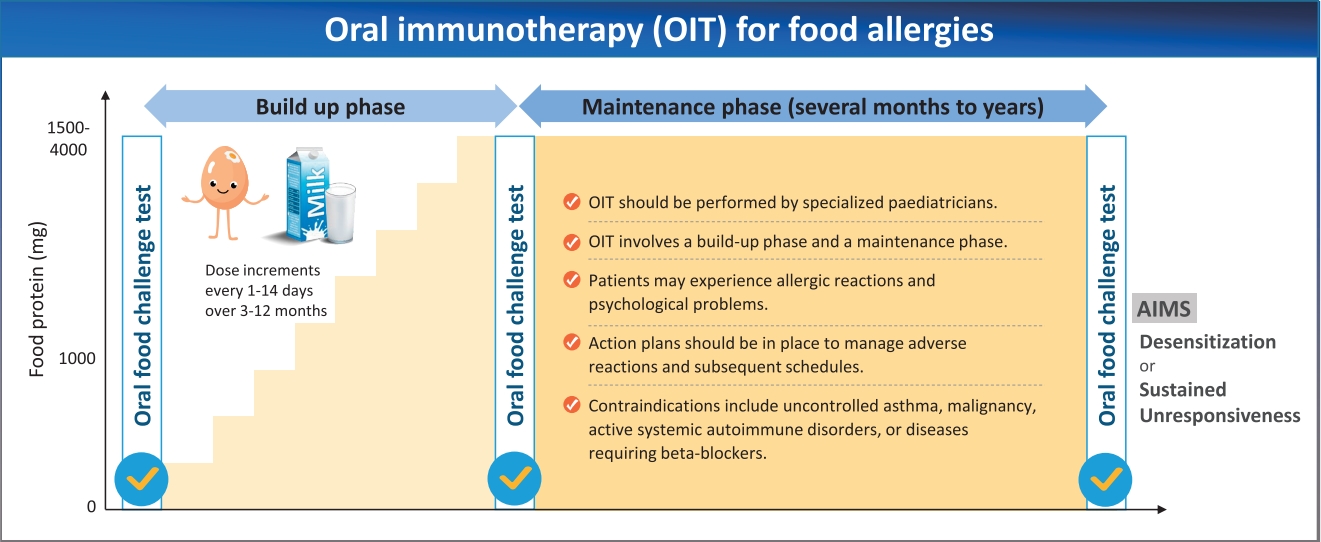
· Oral immunotherapy should be supervised by pediatricians with experience administering oral food challenge tests and managing allergic reactions.
· Food allergen intake is gradually increased and maintained for years.
· Patients may experience allergic reactions and psychological problems.
· Adjunctive therapies (biologics, antihistamines, and leukotriene receptor antagonists) may improve efficacy and safety.
· Contraindications include uncontrolled asthma, malignancy, active autoimmune disorders, and beta-blocker usage.
- Editorial
- Endocrinology
- Nonalcoholic fatty liver disease in children and adolescents
- Hae Sang Lee
- Clin Exp Pediatr. 2024;67(2):90-91. Published online January 24, 2024
-

· With the increase in childhood obesity, nonalcoholic fatty liver disease (NAFLD) has become a concern in recent years.
· NAFLD is strongly associated with insulin resistance.
· Lifestyle modifications are the mainstay treatment for NAFLD.
- Original Article
- General Pediatrics
- Effect of online infant care training and postpartum counseling based on Meleis' transition theory on mothers' readiness for care and breastfeeding: a randomized controlled trial
- Fatma Şule Bilgiç, Gülçin Bozkurt
- Clin Exp Pediatr. 2024;67(10):521-530. Published online September 27, 2024
-

Question: Do interventions based on Meleis' transition theory affect mothers' readiness for baby care and breastfeeding?
Findings: We found a statistically significant difference between the intervention and control groups in mothers' readiness for newborn care and breastfeeding (P<0.001).
Meaning: This intervention increased breastfeeding rates while ensuring that mothers were ready to care for their babies and prepared for the role of motherhood.
- Adolescence Medicine
- Relationship between inflammatory biomarkers and insulin resistance in excess-weight Latin children
- Mariano Nicolás Aleman, María Constanza Luciardi, Emilce Romina Albornoz, María Cristina Bazán, Adela Victoria Abregú
- Clin Exp Pediatr. 2024;67(1):37-45. Published online December 21, 2023
-
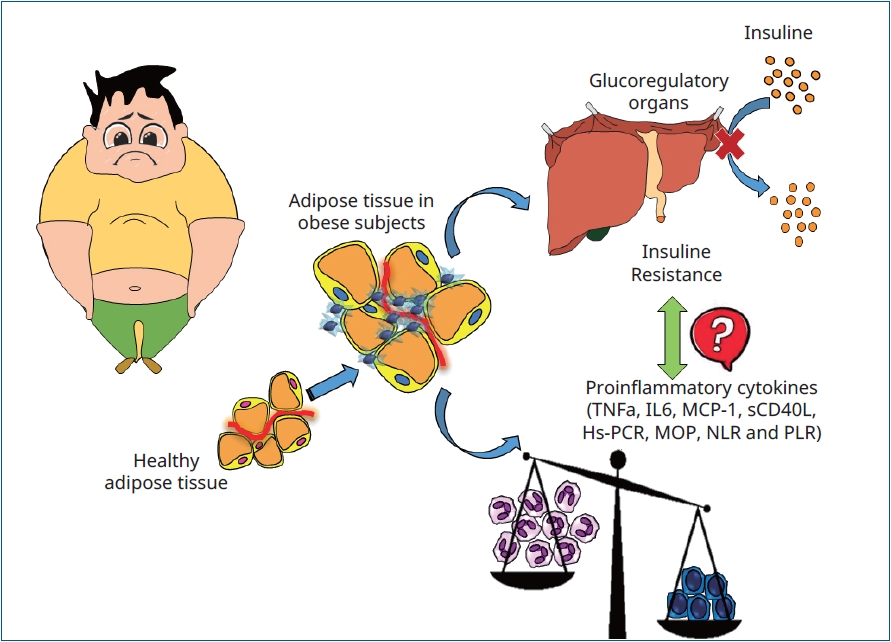
Question: What is the prevalence of insulin resistance (IR) in excess-weight Latin children, and can proinflammatory biomarkers predict it?
Finding: IR prevalence was elevated and tumor necrosis factor- α, interleukin-6, monocyte chemoattractant protein- 1, soluble CD40 ligand, and high-sensitivity C-reactive protein levels were increased in excess-weight Latin children. However, none predicted IR status.
Meaning: These inflammatory biomarkers were unable to predict IR status. Therefore, further investigations are necessary.
- Review Article
- Nutrition
- Protein substitutions as new-generation pharmanutrition approach to managing phenylketonuria
- Fatma Nur Keskin, Teslime Özge Şahin, Raffaele Capasso, Duygu Ağagündüz
- Clin Exp Pediatr. 2023;66(8):320-331. Published online November 1, 2022
-
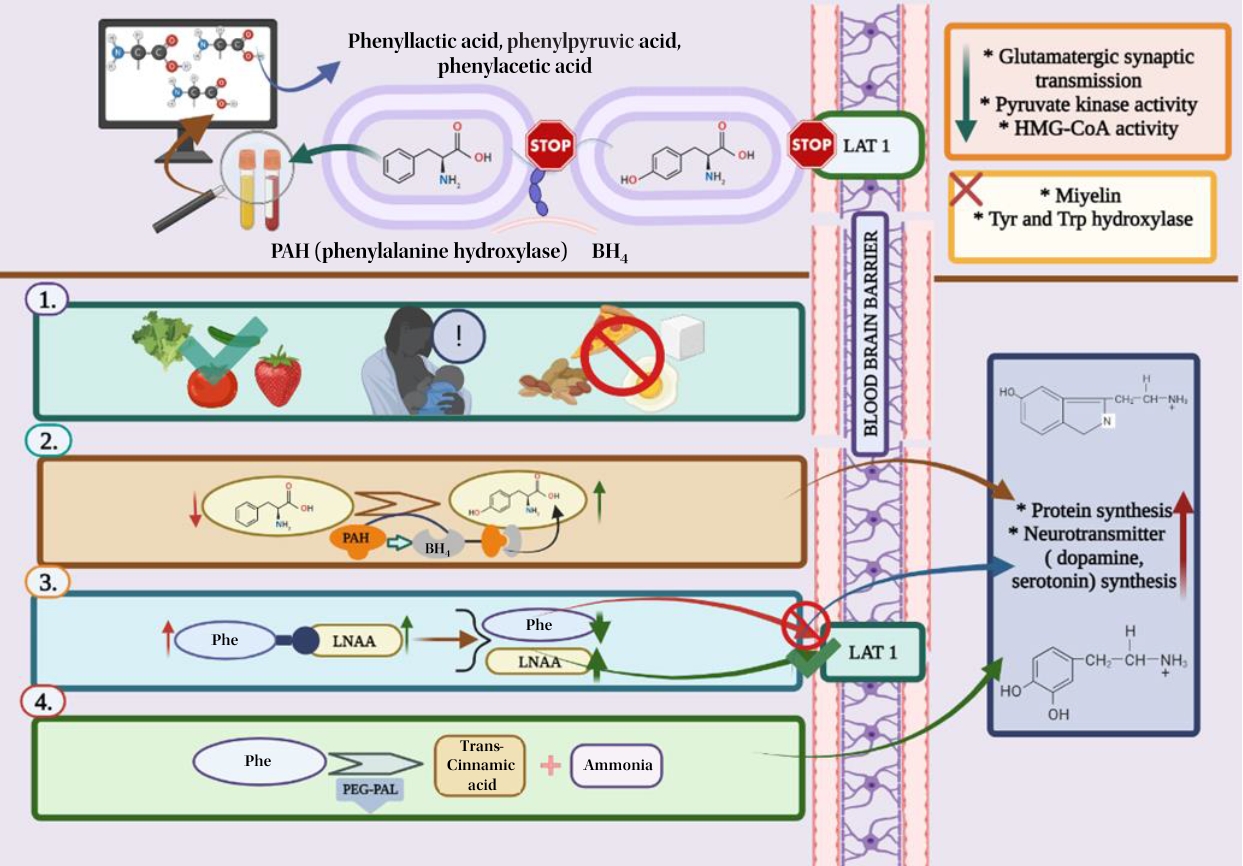
Phenylketonuria, an autosomal recessive disease that results from the inability to metabolize phenylalanine, is currently treated with medical nutrition therapy. New treatment approaches such as tetrahydrobiopterin, glycomacropeptide, large neutral amino acids, pegvaliase, and gene therapy significantly impact disease management and dietary enrichment. This article also reviews animal and human studies that have evaluated the efficacy and safety of these new protein substitutes.
- Gastroenterology
- Role of social media use in onset of functional gastrointestinal disorders in children
- Mauro Cinquetti, Vanessa Dargenio, Michele Fingerle, Carolina Marchiotto, Marco Biasin, Massimo Pettoello Mantovani, Flavia Indrio
- Clin Exp Pediatr. 2023;66(6):226-232. Published online December 21, 2022
-

· Social media use can cause adverse health outcomes, including gastrointestinal disorders, in children and adolescents.
· Recent findings have shown a high prevalence of social media use and decreased well-being in patients with functional gastrointestinal disorders.
· The biopsychosocial nature of functional gastrointestinal disorders and the clear influence of social media on the psychosocial lives of children suggests the likely involvement of social media in their development.
- Allergy
- Recent topics on gastrointestinal allergic disorders
- Yoshiyuki Yamada
- Clin Exp Pediatr. 2023;66(6):240-249. Published online January 9, 2023
-

Gastrointestinal (GI) allergies are divided into immunoglobulin E (IgE)-mediated, non-IgE-mediated, and mixed types. In addition to non-IgE-mediated, overlapping eosinophilic GI disorders (EGIDs) have increased in Japan. EGIDs, a mixed-type allergy category, include eosinophilic esophagitis (EoE) and non-EoE EGIDs. The number of EoE cases has increased in Western countries, followed by Asian countries. Recent GI allergies may also be associated with type 2 inflammation.
- Clinical Note
- Other
- Novel PTRH2 gene variant causing IMNEPD (infantile-onset multisystem neurologic, endocrine, and pancreatic disease) in 2 Saudi siblings
- Dalal K. Bubshait
- Clin Exp Pediatr. 2023;66(5):223-225. Published online March 23, 2023
-

- Review Article
- Critical Care Medicine
- Ferritin in pediatric critical illness: a scoping review
- Ivy Cerelia Valerie, Anak Agung Sagung Mirah Prabandari, Dyah Kanya Wati
- Clin Exp Pediatr. 2023;66(3):98-109. Published online September 16, 2022
-

The number of studies on ferritin predictive ability in pediatric critical illness has grown exponentially over the past 2 decades. However, among the 66 of 1,580 studies analyzed here, summary statistics for overall and condition-specific studies were only reported in 45.4% and 71.2%, respectively. In contrast, ferritin as a categorical variable with a preset threshold was a significant predictor in 84.6% of studies.
- Neurology
- Pediatric syncope: pearls and pitfalls in history taking
- Jung Sook Yeom, Hyang-Ok Woo
- Clin Exp Pediatr. 2023;66(3):88-97. Published online February 15, 2023
-
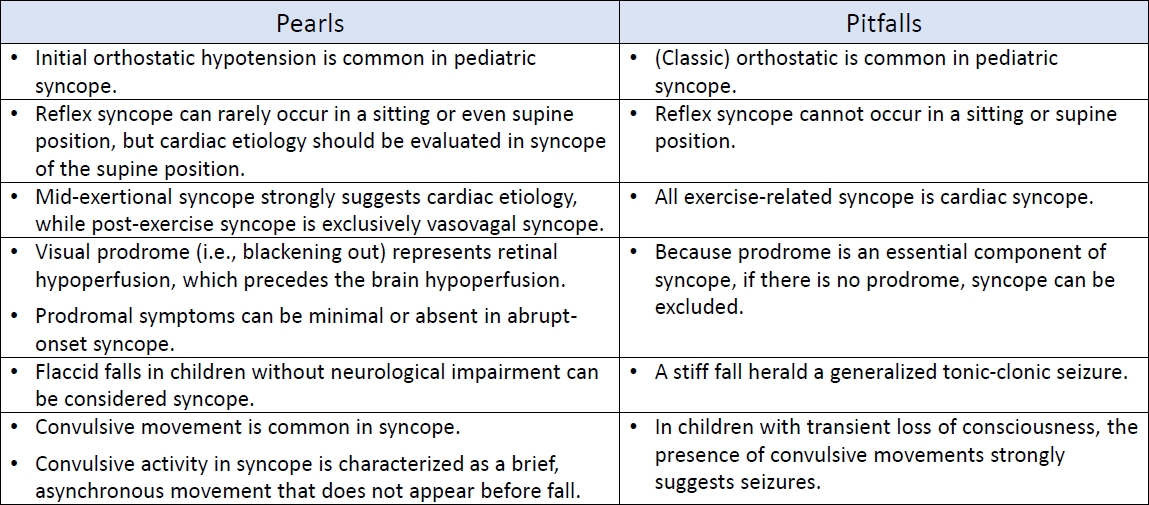
An accurate diagnosis depends on correct history taking and its interpretation. An in-depth understanding of the symptoms of syncope in connection with its pathophysiology can lead to avoiding critical pitfalls in the diagnostic process of history taking.
- Original Article
- Gastroenterology
- Association between maternal weight gain during pregnancy and child’s body mass index at preschool age
- Jeewon Shin, Yoowon Kwon, Ju Hee Kim, Su Jin Jeong
- Clin Exp Pediatr. 2023;66(2):76-81. Published online November 30, 2022
-
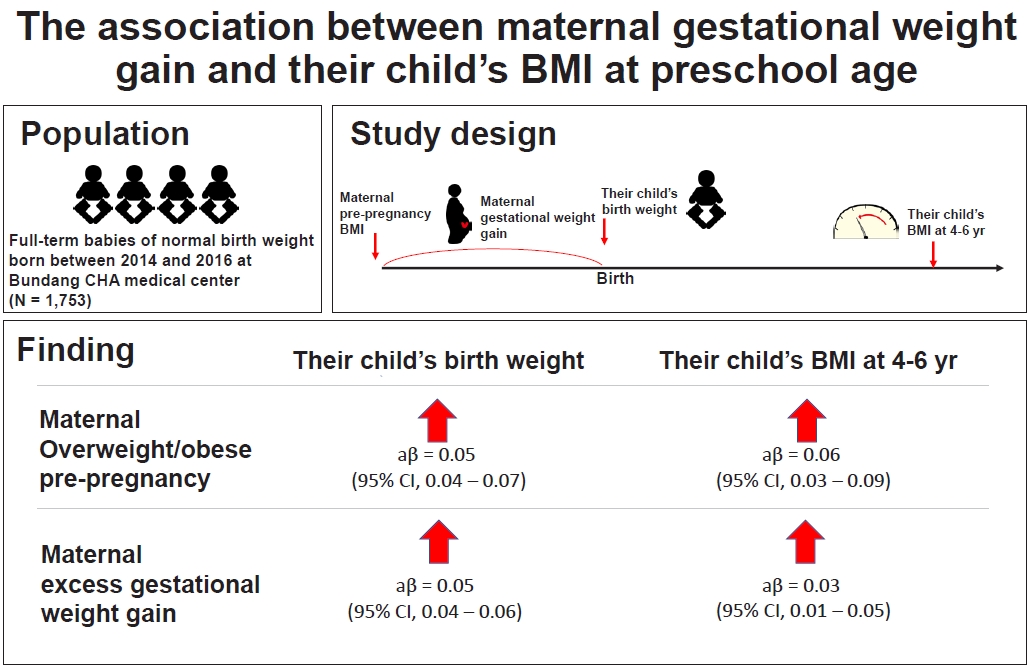
Question: What are the risk factors of newborn birth weight? Does gestational weight gain and prepregnancy body mass index affect childhood weight?
Finding: Excess maternal weight gain increases the risk of overweight/obesity, newborn birth weight, and child body mass index at 4–6 years.
Meaning: Maternal weight control before and during pregnancy should be well controlled.
- Risk factors of prolonged diarrhea in children under 2 years old
- Dedy Rahmat, Agus Firmansyah, Ina S. Timan, Saptawati Bardosono, Joedo Prihartono, Pramita Gayatri
- Clin Exp Pediatr. 2023;66(12):538-544. Published online November 16, 2023
-

Question: What are the risk factors for prolonged diarrhea in children under 2 years old?
Finding: History of antibiotic use, zinc deficiency, and elevated fecal alpha-1 antitrypsin levels were the main risk factors of prolonged diarrhea in children under 2 years old with acute diarrhea.
Meaning: Rational antibiotic usage is necessary as well as thorough testing of serum zinc level and fecal alpha-1 antitrypsin levels.
- Review Article
- Developmental and Behavioral Medicine
- Spontaneous movements as prognostic tool of neurodevelopmental outcomes in preterm infants: a narrative review
- Hyun Iee Shin, Myung Woo Park, Woo Hyung Lee
- Clin Exp Pediatr. 2023;66(11):458-464. Published online May 16, 2023
-
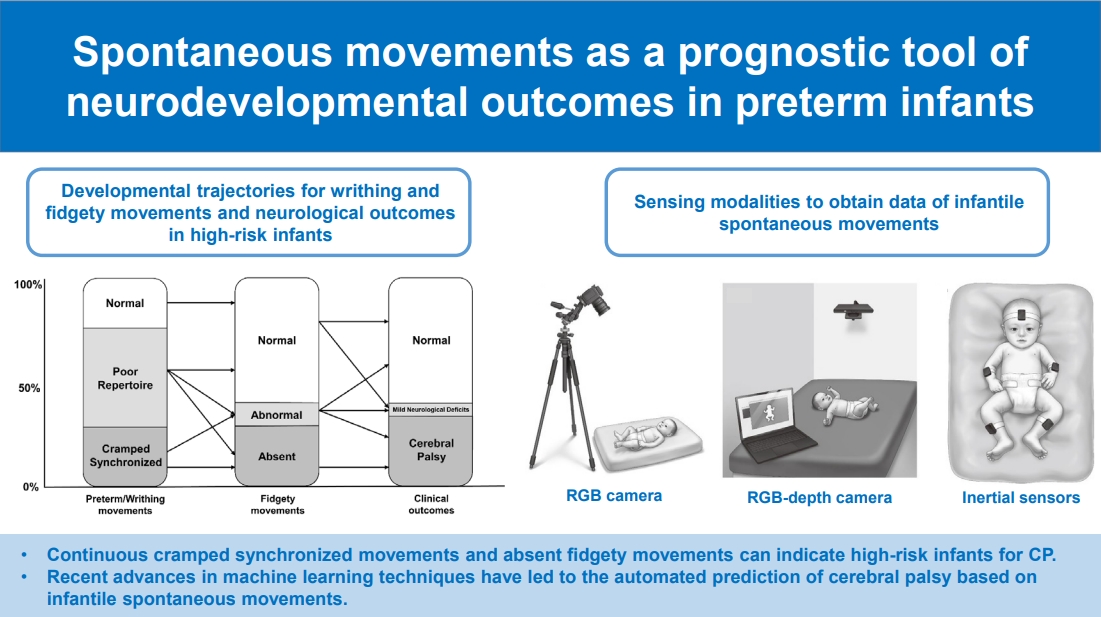
· Spontaneous movements can be useful to evaluate neuronal integrity in preterm infants.
· In General Movements Assessment, continuous cramped synchronized movements and absent fidgety movements can indicate high-risk infants for cerebral palsy.
· Recent advances in machine learning techniques have led to the automated prediction of cerebral palsy based on infantile spontaneous movements.
- Nephrology (Genitourinary)
- Kidney complications associated with COVID-19 infection and vaccination in children and adolescents: a brief review
- Hee Sun Baek, Min Hyun Cho
- Clin Exp Pediatr. 2023;66(10):424-431. Published online June 28, 2023
-
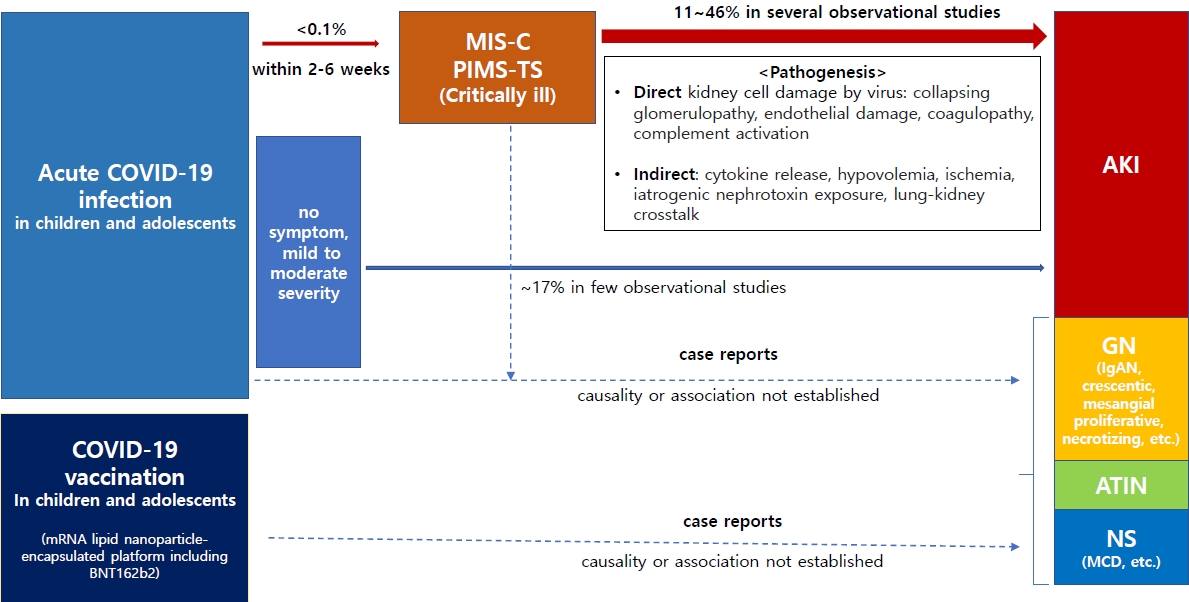
Several observational studies have shown that acute kidney injury affects up to 46% of children and adolescents who develop severe postinflammatory responses, such as multisystem inflammatory syndrome in childhood, due to coronavirus disease 2019 (COVID-19). Although causality has not been established, some cases of glomerulopathy or nephrotic syndrome occurring after COVID-19 infection or vaccination have been reported. Therefore, kidney complications associated with these conditions in children and adolescents warrant attention.
- Original Article
- Developmental and Behavioral Medicine
- Impact of short and intensive art-based intervention on symptomatology and social interactions among children with autism spectrum disorder
- Deldar Morad Abdulah, Bayar Mohammed Omar Abdulla, Pranee Liamputtong
- Clin Exp Pediatr. 2023;66(10):447-454. Published online September 14, 2023
-
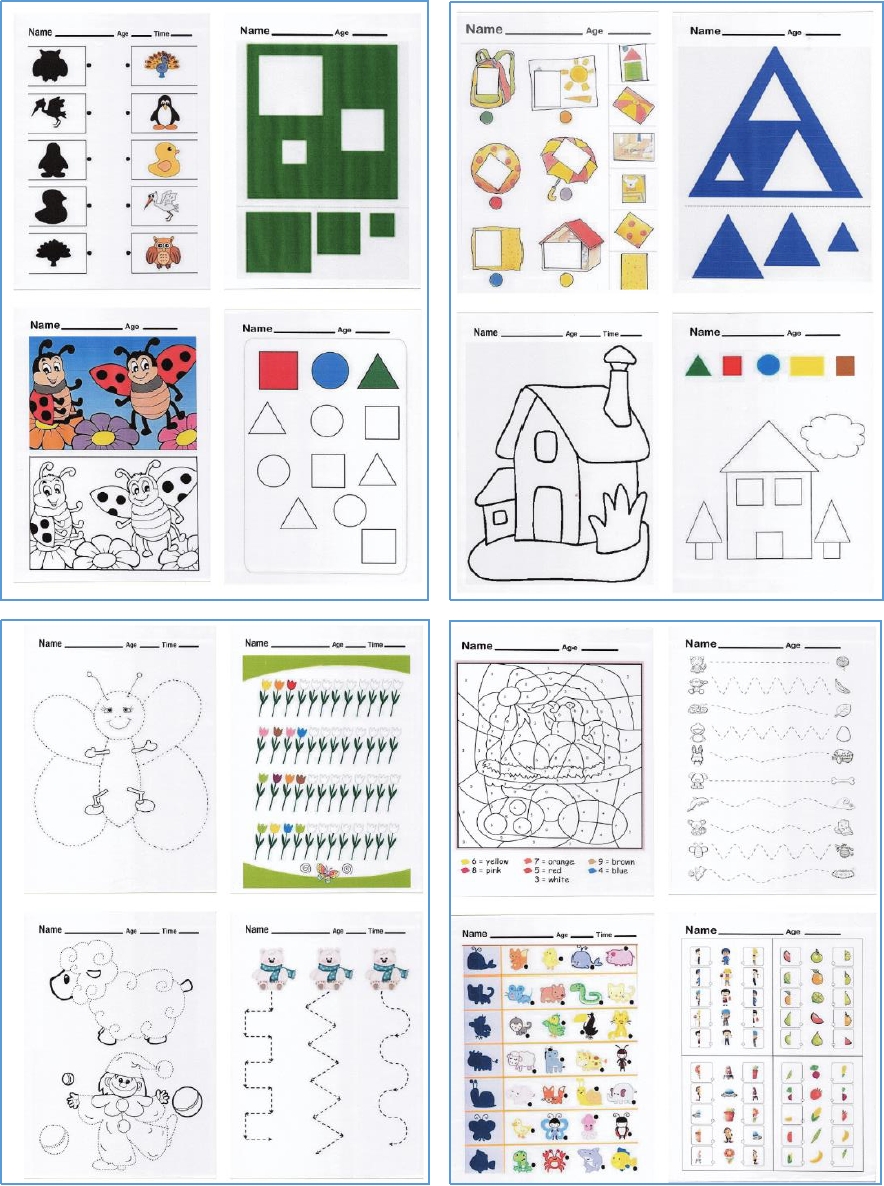
Question: Does a short and intensive art-based intervention affect symptoms and social interactions among children with autism spectrum disorder (ASD)?
Finding: The short and intensive art-based intervention did not affect symptoms in children with ASD level 2 or 3, including social awareness, social cognition, social communication, social motivation, and autistic mannerisms.
Meaning: The short and intensive art-based intervention did not improve the symptoms of patients with ASD.
- Neurology
- Long-term neurological cognitive, behavioral, functional, and quality of life outcomes after fetal myelomeningocele closure: a systematic review
- Andre Marolop Pangihutan Siahaan, Martin Susanto, Sarma Nursani Lumbanraja, Dwi Herawati Ritonga
- Clin Exp Pediatr. 2023;66(1):38-45. Published online November 30, 2022
-

· Fetal myelomeningocele closure significantly improved long-term neurological cognitive, behavioral, functional, and quality of life outcomes, most likely by reducing hydrocephalus rates.
· However, fetal myelomeningocele closure is associated with a significant risk of pregnancy complications, especially premature rupture of membranes and preterm delivery.
- Review Article
- Other
- Global trends in importance of 24-hour movement behaviors to pediatric health: implications for South Korea
- Eun-Young Lee, Reyana Jayawardena, Seiyeong Park, Justin Y Jeon, Yeon-Soo Kim, Mark S. Tremblay
- Clin Exp Pediatr. 2025;68(1):16-29. Published online November 11, 2024
-

· The 24-hour movement behavior paradigm provides an important framework for future pediatric health promotion efforts.
· Policy priorities should include advancing surveillance and monitoring assessments related to 24-hour movement behaviors, evaluating their implementation in school and government policies, and building preparedness for future pandemics and natural disasters, including climate change, by promoting healthy 24-hour movement behaviors.
· Future research should advocate for the promotion of 24- hour movement behaviors.
- Allergy
- Action-plan and as-needed therapy in allergic rhinitis
- Hyeon-Jong Yang
- Clin Exp Pediatr. 2024;67(6):267-273. Published online May 21, 2024
-

· The guidelines may not work in the real world.
· An action-plan reflecting patient’s severity and variable of symptoms, values and preferences as well as the benefits and harms of treatment, may be a useful alternative.
· The action plan and as-needed therapy must include the following elements: when, what, how, and why.
· Action plan and as-needed therapy can help patients manage their symptoms more effectively.
- Moderate to severe atopic dermatitis in children: focus on systemic Th2 cytokine receptor antagonists and Janus kinase inhibitors
- Jeong Hee Kim, Mona Salem Samra
- Clin Exp Pediatr. 2024;67(2):64-79. Published online June 14, 2023
-
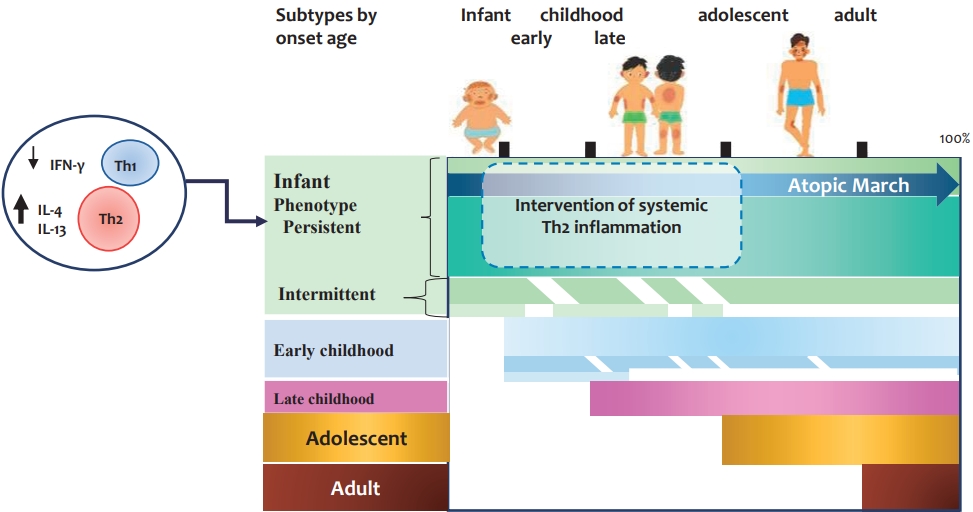
· Atopic dermatitis (AD) is characterized by a strong T helper (Th)2 response, although the extents of Th22, Th17/ interleukin (IL)-23, and Th1 responses vary among disease subtypes.
· Children with moderate to severe AD may require early systemic therapy to reduce the systemic inflammation caused by increased Th2 cytokine levels.
· Dupilumab, which blocks IL-4/IL-13 receptor, has equivalent efficacy for extrinsic and intrinsic AD and a favorable safety profile in infants and children aged 6 months and older.
- Endocrinology
- Lifelong medical challenges and immunogenetics of Turner syndrome
- Won Kyoung Cho
- Clin Exp Pediatr. 2024;67(11):560-568. Published online July 31, 2024
-
· This summary emphasizes the importance of the early diagnosis of Turner syndrome (TS) and presents a multidisciplinary approach to its prevention and management, high-lighting the need for customized care.
· Advancements in immunogenetic research may improve our understanding of TS and improve its outcomes.
· TS encompasses a wide array of medical challenges, including cardiovascular, endocrine, autoimmune, and mental health issues, as well as a heightened cancer risk.
- Original Article
- Neurology
- Need for palliative care from birth to infancy in pediatric patients with neurological diseases
- Raffaele Falsaperla, Silvia Marino, Carla Moscheo, Lucia Giovanna Tardino, Simona Domenica Marino, Concetta Sciuto, Piero Pavone, Giovanna Vitaliti, Federica Sullo, Martino Ruggieri
- Clin Exp Pediatr. 2023;66(8):350-356. Published online June 14, 2023
-

Question: What are the current palliative care protocols, palliative course, and implementable palliative care programs for hospitalized pediatric patients with neurological diseases in Italy?
Finding: We studied 34 newborns with nervous system diseases, all of whom had a poor prognosis.
Meaning: Despite current legislation in Italy, no palliative care network has been implemented. Given the vast number of patients with neurological conditions, standardized palliative care guidelines and protocols are required.
- Review Article
- Gastroenterology
- Update on eosinophilic gastrointestinal disease beyond eosinophilic esophagitis in children
- Hye Ran Yang
- Clin Exp Pediatr. 2023;66(6):233-239. Published online January 3, 2023
-

· Eosinophilic gastrointestinal disease (EGID) is uncommon, with a prevalence of 1–30/100,000 in the general population; however, it is increasing worldwide.
· The diagnosis of EGID is based on histopathological findings of endoscopic mucosal biopsy in which tissue eosinophils are counted in each gastrointestinal tract segment of patients with chronic or recurrent gastrointestinal symptoms.
· Individualized treatment strategies, including adequate dietary and pharmacological therapy, may help improve outcomes of children with EGID.
- Original Article
- Developmental and Behavioral Medicine
- Parenting stress and interactive engagement behaviors in children with developmental delay
- Jung Sook Yeom, Rock Bum Kim, Jae Young Cho, Ji Sook Park, Eun Sil Park, Ji-Hyun Seo, Jae-Young Lim, Hyang-Ok Woo
- Clin Exp Pediatr. 2023;66(6):252-261. Published online May 19, 2023
-
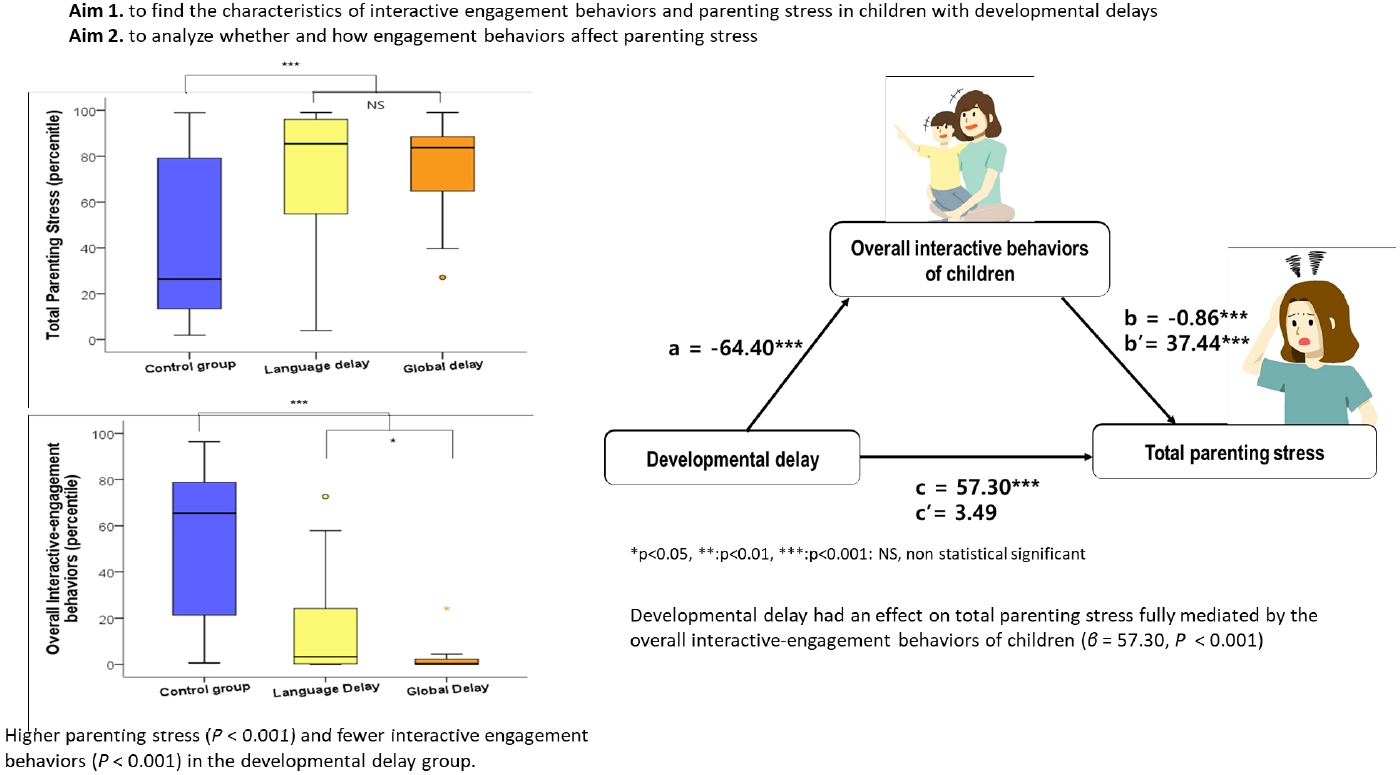
· Question: What level of parenting stress is experienced by parents of children with developmental delays (DDs) without autism spectrum disorder, and what factors contribute to it?
· Findings: Parents of children with DDs experienced high parenting stress that were significantly mediated by their children’s low interactive behaviors.
· Meaning: The interactive behaviors of children with DDs mediate parenting stress.
- Clinical Note
- Genetics and Metabolism
- Biallelic POLR3A variants cause Wiedemann-Rautenstrauch syndrome with atypical brain involvement
- Byungseung Moon, Minhye Kim, Hye Jin Kim, Jae So Cho, Hey Joon Son, Byung Chan Lim, Ki Joong Kim, Jong Hee Chae, Soo Yeon Kim
- Clin Exp Pediatr. 2023;66(3):142-144. Published online December 30, 2022
-
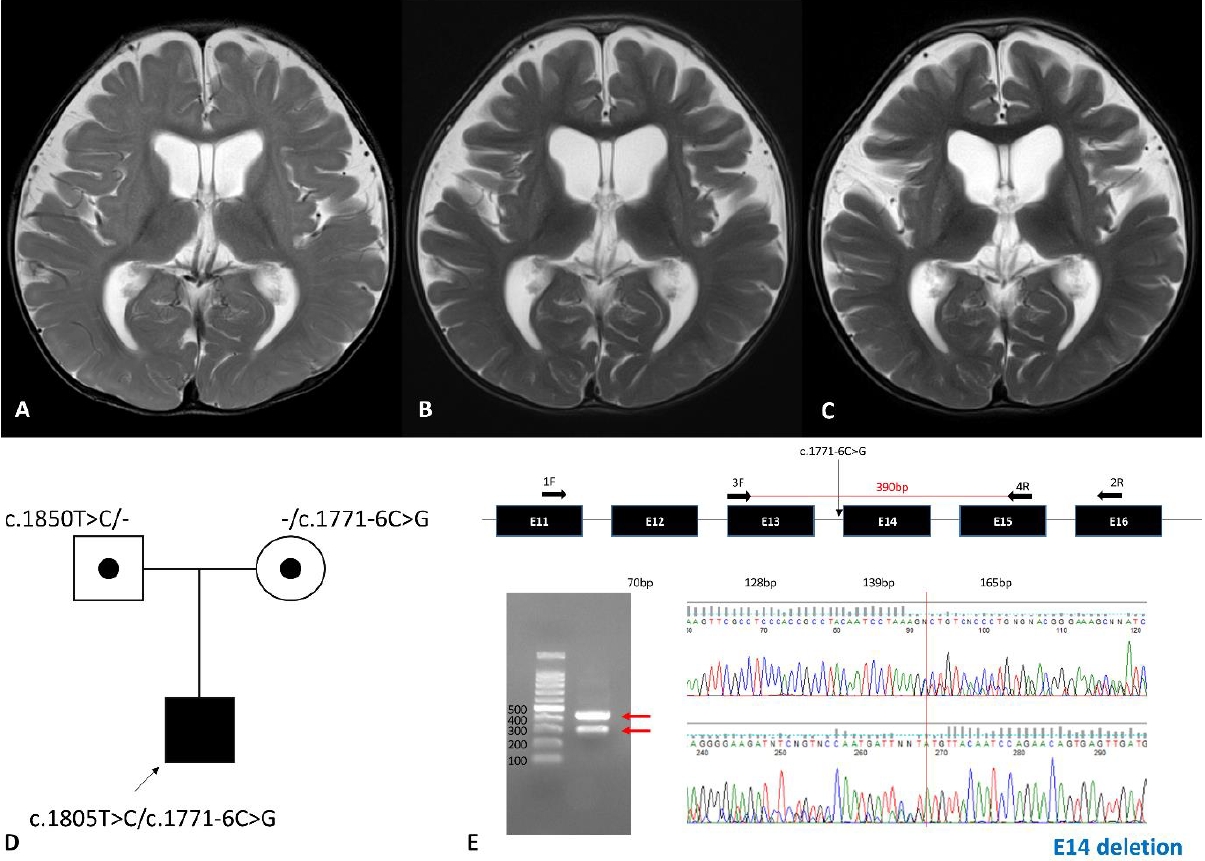
- Original Article
- Gastroenterology
- Inferior vena cava to aorta ratio in dehydrated pediatric patients: a systematic review and meta-analysis
- Gilbert Sterling Octavius, Michelle Imanuelly, Johan Wibowo, Nadia Khoirunnisa Heryadi, Melanie Widjaja
- Clin Exp Pediatr. 2023;66(11):477-484. Published online June 14, 2023
-
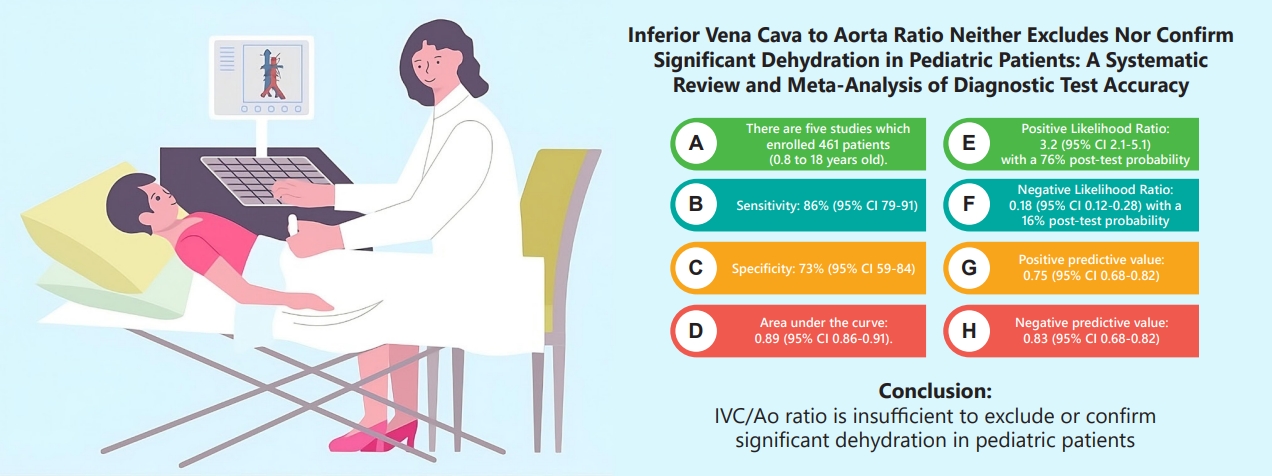
Question: The inferior vena cava to aorta (IVC/Ao) ratio measured via ultrasound has been touted as a promising noninvasive technique to assess clinically significant dehydration in pediatric patients.
Finding: Our meta-analysis found that IVC/Ao ratio had a positive likelihood ratio of 3.2 (95% confidence interval [CI], 2.1–5.1) and negative likelihood ratio of 0.18 (95% CI, 0.12–0.28).
Meaning: Hence, IVC/Ao ratio is insufficient to exclude or confirm significant dehydration in pediatric patients.
- Neonatology (Perinatology)
- Association between maternal coronavirus disease 2019 and transient tachypnea of the newborn: a single-center study
- Sung Hee Lee, Ju Hyun Jin, Jong Ha Yoo, Shin Won Yoon
- Clin Exp Pediatr. 2023;66(11):493-500. Published online October 24, 2023
-
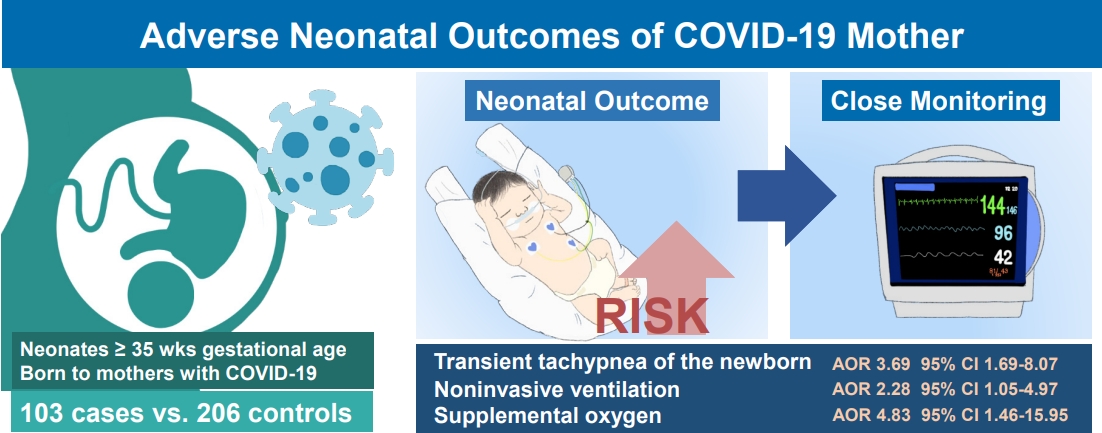
Question: What are the adverse clinical outcomes of neonates of coronavirus disease 2019 (COVID-19)–infected mothers?
Finding: Infants of mothers with COVID-19 were at significantly increased risk of transient tachypnea of the newborn (TTN), use of noninvasive ventilation, and need for supplemental oxygen (P<0.05).
Meaning: Neonates of mothers with COVID-19 are at risk of TTN and require respiratory support. Close monitoring is essential to ensuring timely intervention if required.
- Review Article
- Infection
- Safety monitoring of COVID-19 vaccines: February 26, 2021, To June 4, 2022, Republic of Korea
- Yeon-Kyeng Lee, Yunhyung Kwon, Yesul Heo, Eun Kyoung Kim, Seung Yun Kim, Hoon Cho, Seontae Kim, Mijeong Ko, Dosang Lim, Soon-Young Seo, Enhi Cho
- Clin Exp Pediatr. 2023;66(10):415-423. Published online June 13, 2023
-

· Enhanced safety monitoring system of coronavirus disease 2019 (COVID-19) vaccines were implemented to detect signals rapidly as part of the national COVID-19 vaccination program.
· As of June 4, 2023, reported adverse events after COVID-19 vaccination was 0.38% among 125,107,883 doses of COVID- 19 vaccines administered.
· Most reported adverse reactions after COVID-19 vaccinations have shown nonserious and mild intensity.
- Original Article
- Neonatology (Perinatology)
- A thickened formula reduces feeding-associated oxygen desaturation and bradycardia in preterm infants
- Gayoung Lee, Juyoung Lee, Ga Won Jeon, Yong Hoon Jun
- Clin Exp Pediatr. 2023;66(1):32-37. Published online December 15, 2022
-
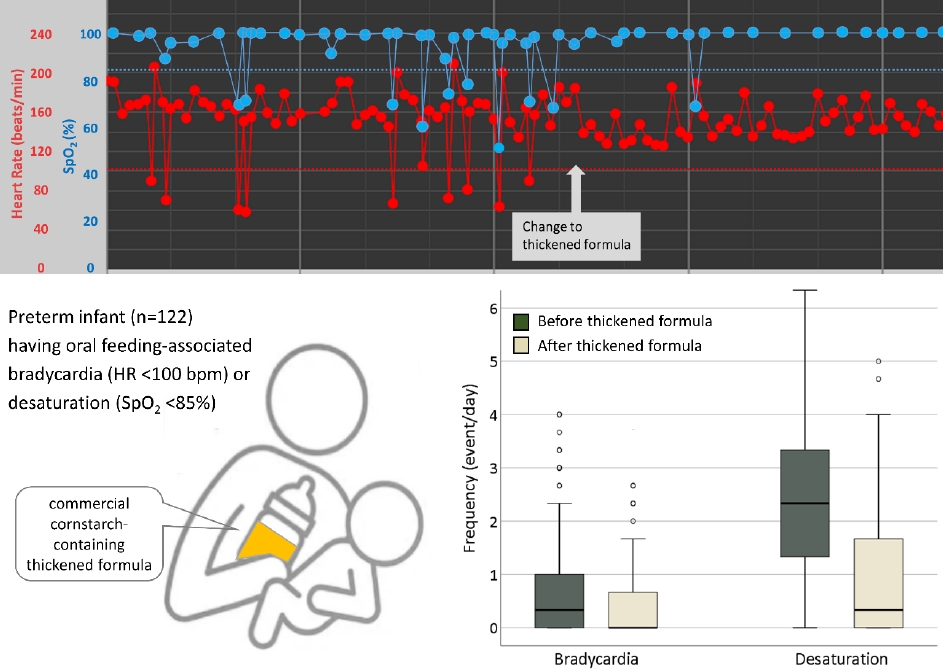
Question: Is a commercial thickened formula able to alleviate oral feeding-associated desaturation and bradycardia in preterm infants?
Finding: Thickened formula feeding significantly reduced oral feeding-associated desaturation and bradycardia in preterm infants.
Meaning: Thickened formula feeding stabilizes oxygen saturation and heart rate during oral feeding among preterm infants with feeding difficulties.
-

-
-
6.02024CiteScore98th percentilePowered by
-
Impact Factor3.6
-
- TOPICS
- ARTICLE CATEGORY
- Editorial Office
-
Korean Pediatric Society
#1606 Seocho World Officetel, 19 Seoun-ro, Seocho-ku, Seoul 06732, Korea
Tel: +82-2-3473-7306 Fax: +82-2-3473-7307 E-mail: office@e-cep.org
Clinical and Experimental Pediatrics is an open access journal. All articles are distributed under the terms of the Creative Commons Attribution NonCommercial License (http://creativecommons.org/licenses/by-nc/4.0/)
Copyright © 2025 by Korean Pediatric Society.












